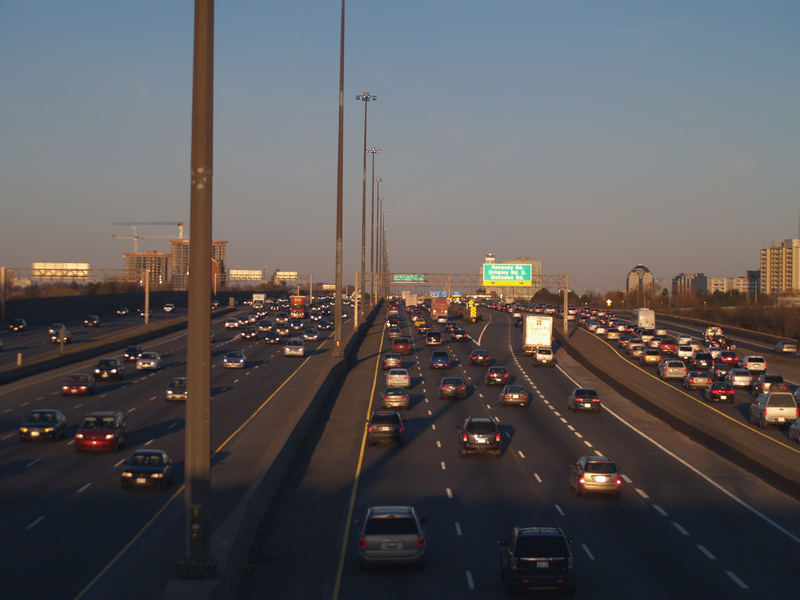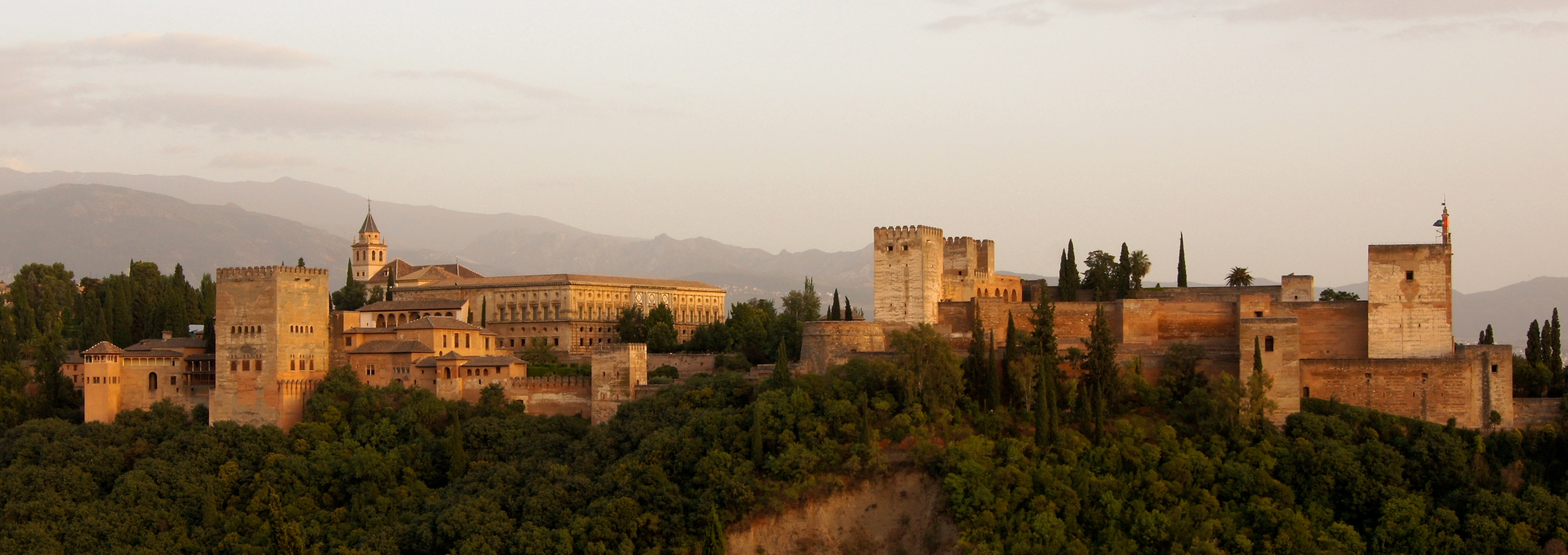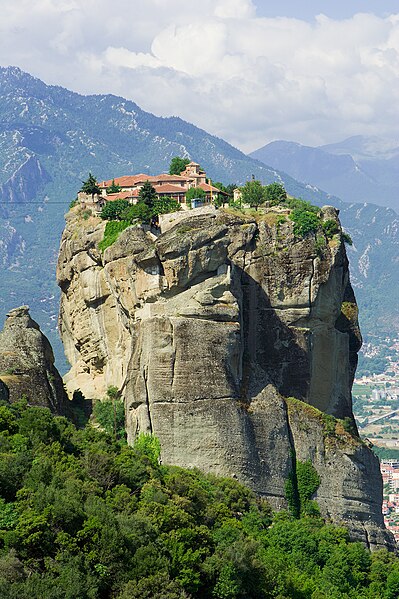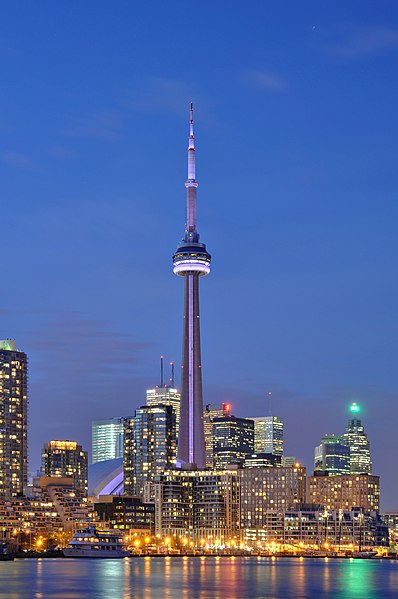Related reading:
 |
Prinsippet for et plantebasert luftfilter |
 |
| Morsomt, men er det nødvendig? Planter er jo effektive luftrensere i seg selv! |
 |
| This doesn't work! Photo: Floydian |
 |
| Ball-and-stick model of the coriandrin molecule, part of the essential oil of coriander |
Coriander oil has been shown to be toxic to a broad range of harmful bacteria. Its use in foods and in clinical agents could prevent food-borne illnesses and even treat antibiotic-resistant infections, according to the authors of a study published in the Journal of Medical Microbiology.
Coriander is an aromatic plant widely used in Mediterranean cuisine. Coriander oil is one of the 20 most-used essential oils in the world and is already used as a food additive. Coriander oil is produced from the seeds of the coriander plant and numerous health benefits have been associated with using this herb over the centuries. These include pain relief, ease of cramps and convulsions, cure of nausea, aid of digestion and treatment of fungal infections. - Eurek AlertWow! Les hele artikkelen her, og les mer om koriander på rolv.no her.
Det finnes ingen rapporter om bivirkninger ved normal bruk av koriander som krydder. Inntak av store doser av frøene, eller utstrakt bruk av den eteriske oljen i aromaterapi, kan føre til døsighet og en bedøvende virkning. Den rene eteriske oljen må ikke brukes under graviditet, og bare i svært små mengder innvortes. Det finnes noen sjeldne rapporter om allergiske reaksjoner på koriander, men faren for slike reaksjoner er ikke stor. - Rolv.no
To science we owe dramatic changes in our smug self-image. Astronomy taught us that our earth isn’t the center of the universe but merely one of billions of heavenly bodies. From biology we learned that we weren’t specially created by God but evolved along with millions of other species. Now archaeology is demolishing another sacred belief: that human history over the past million years has been a long tale of progress. In particular, recent discoveries suggest that the adoption of agriculture, supposedly our most decisive step toward a better life, was in many ways a catastrophe from which we have never recovered. With agriculture came the gross social and sexual inequality, the disease and despotism, that curse our existence. - Jared DiamondRead Jared Diamond's classical article from 1987: The Worst Mistake in the History of the Human Race.
 |
| Nigerian farmers. Photo: Mike Blyth |
I’ve been travelling around the world for over 20 years, and I hear things all the time about this American multinational — mostly bad things, to tell the truth. I wanted to find out for myself, and spent months surfing the Net. I learned that Monsanto is one of the most controversial corporations of modern times, because it has systematically hidden the extreme toxicity of its products. What about today? Is it telling us the truth about its GMOs? Can we believe it when it says that biotechnology is the solution to hunger and environmental contamination? To answer these questions, which concern us all, I set out on a mission across three continents, comparing what Monsanto says with the real world. I met dozens of eyewitnesses I hadn’t identified in advance on the Web. And I’m convinced this is no time to let Monsanto take possession of crop seeds and, by extension, the the world’s food supply. - Marie-Monique Robin
The video above — Farmer to Farmer: The Truth About GM Crops — narrated by UK farmer Michael Hart, tells us that U.S. GMO farmers are not necessarily GMO farmers out of choice any more. The seeds cost too much, the chemicals cost too much, and they now need to use a lot more chemicals than they had to before — yet the pesticide treadmill has mutated into the GMO treadmill, leaving farmers grappling with spiraling costs and super weeds whilst essentially making them captive customers; prisoners on their own land. - Craig MackintoshRelated:
This is, of course, a rampant nod to commercialism, which, if we did not live in such a commercial era, would be seen for what it is. The life of a community cannot be held hostage, by a person or corporation who seeks to make money and profit from the construction of its streets and buildings. The streets and buildings are part of the neighborhood’s life blood, the city’s life blood, and they must be interwoven with the activities and life of the people themselves. Anything less leads inevitably to drug abuse, crime, teenage violence, anomie, and despair – the very earmarks of modern urbanism. – Christopher Alexander
You just can’t change the kids; you have to change the context these kids are a part of. – Laurence Steinberg
 |
| Photo: GeorgeRexTA |
 |
| Photo: Gloumouth1 |
Instead of systems based on standard solar panels, Duke engineer Nico Hotz proposes a hybrid option in which sunlight heats a combination of water and methanol in a maze of glass tubes on a rooftop. After two catalytic reactions, the system produces hydrogen much more efficiently than current technology without significant impurities. The resulting hydrogen can be stored and used on demand in fuel cells. - ScienceDaily
 |
| This is the hybrid system schematic. (Credit: Nico Hotz) |
Proposals for a broader-based economic metric date back at least to 1972, when economists William Nordhaus and James Tobin suggested the Measure of Economic Welfare (MEW)—which Herman Daly, John Cobb, and Clifford Cobb refined in 1989 as the Index of Sustainable Economic Welfare (ISEW). The aim of these early alternative indicators was to deduct defense spending and the costs of environmental degradation from GDP, and add the unpaid services of domestic labor.Additional reading:
In 1995 the think tank Redefining Progress took MEW and ISEW a step further with its Genuine Progress Indicator (GPI), which adjusts not only for environmental damage and resource depletion, but also for income distribution, volunteering, crime, changes in leisure time, and the lifespan of consumer durables and public infrastructures. GPI gained more traction than either MEW or ISEW, and is now used by the scientific community and many governmental organizations globally (for example, the state of Maryland is now using GPI for planning and assessment).
Coincidentally, 1972—the year MEW was proposed—also marked the date when the tiny Himalayan kingdom of Bhutan started moving to build an economy based on what King Jigme Singye Wangchuck called “Gross National Happiness.” Seeking to preserve traditional Buddhist values in an increasingly globalized world, this tiny country set out to develop a survey instrument to measure its people’s general sense of well-being.
Until recently the subject of happiness was avoided by social scientists, who lacked good ways to measure it; however, “happiness economists” inspired by Bhutan’s experiment have found ways to combine subjective surveys with objective data on lifespan, income, and education, making a national happiness index a practical option.
Though Bhutan’s economy is still based on subsistence agriculture and has a relatively low GDP, the Bhutanese people rank among the top 20 happiest in the world. This contrasts with the US, which delivers much less happiness per unit of GDP. In his book The Politics of Happiness, former Harvard University president Derek Bok traced the history of the relationship between economic growth and happiness in America. During the past 35 years, per capita income has grown almost 60 percent, the average new home has become 50 percent larger, the number of cars has ballooned by 120 million, and the proportion of families owning personal computers has gone from zero to 80 percent. But the percentage of Americans describing themselves as either “very happy” or “pretty happy” has remained virtually constant, having peaked in the 1950s. Our economic treadmill is continually speeding up due to GDP growth and we have to push ourselves ever harder to keep up, yet we’re no happier as a result.
The thinking behind Gross National Happiness is catching on. Harvard Medical School has released a series of happiness studies, while British Prime Minister David Cameron has announced the UK’s intention to begin tracking well-being along with GDP. Sustainable Seattle has launched a Happiness Initiative and intends to conduct a city-wide well-being survey. Thailand has instituted a happiness index and releases monthly GNH data. Britain’s New Economics Foundation publishes a “Happy Planet Index,” which “shows that it’s possible for a nation to have high well-being with a low ecological footprint.” And a new documentary film called “The Economics of Happiness” argues that GNH is best served by localizing economics, politics, and culture.
Whatever index is settled upon to replace GDP, it will be more complicated than the current one-dimensional metric. But simplicity isn’t always an advantage, and the additional effort required to track factors like collective psychological well-being, quality of governance, and environmental integrity may be well spent. - Richard Heinberg
 |
| The Alhambra (The Red) in the evening light, Granada, Spain. View from mirador San Nicolas. Photo: Jebulon |
 |
| Ezio Manzini |
Ezio Manzini is an Italian design strategist, one of the world’s leading experts on sustainable design, author of numerous design books, professor of Industrial Design at Milan Polytechnic, and founder of the DESIS (Design for Social Innovation towards Sustainability) network of university-based design labs. His work over the past 30 years in sustainability and social innovation has coalesced around four watchwords: small, local, open and connected. On a recent Friday morning we spoke via skype and I was immediately impressed with his easy manner, warmth and balanced optimism. - ShareableRead the interview: Part I (Design for Social Innovation: An Interview With Ezio Manzini) & Part II (Ezio Manzini on the Economics of Design for Social Innovation).
Beyond that, of course there are also some thinkers who have been very important to me. I like to quote Amartya Sen. He's a Nobel Prize winning economist who introduced me to the notion of “capabilities”. His main work deals with social equity. His approach focuses on positive freedom, a person’s actual ability to be who they want to be and do what they want to do. It’s the idea of empowering the capabilities of people. In my view this is a very strong idea for design. In some way, when you design, you search for problems to be solved. If you take the capability approach, you search for capabilities to support. This is a paradigmatic change in the way that we think. This is connected to social innovation. You don’t ask what you can do to make people behave differently. You ask what you can do to recognize people’s capabilities and help people use those to solve the problems they face. - Ezio ManziniEzio Manzini on Vimeo:
This 1-hour documentary shares the history of how General Motors deliberately swindled the U.S. public out of a superior, healthier public transport system — so as to replace the then-popular electric street cars with their own products: cars, buses and trucks. This deceit and selfishness has landed the American public in its current ultra-vulnerable position, where they: despite having only 4% of the world’s population are consuming 25% of the world’s oil; must endure hours of each day in oft-gridlocked traffic; and must even see their sons shot to pieces fighting far-flung wars over resources. Thanks GM. - Craig Mackintosh
In this year, 2011, we are enjoying a lifestyle beyond the most optimistic dreams of past generations. We are benefitting from the whirlwind of achievements in science and technology during the last hundred years. There has never been a century like the one just passed, and there will never be another like it. Lifestyles will be very different when oil and gas are depleted. - Roy Anderson
We’re not really facing a shortage of energy; we’re facing a longage of expectations. And the sooner that we as individuals or a nation recognize that the future is going to see much lower consumption than today and prepare for that, psychological resilience is going to be really important, because if no one is psychologically prepared, people are going to freak out when some of these freedoms start to go away. - Nate Hagens
The timeless character of buildings is as much a part of nature as the character of rivers, trees, hills, flames, and stars. - Christopher Alexander
 |
| Moni Agios Triadas, Meteora, Greece. Photo: Dido3 |
Read her article: I want to live at Valcluse House - Low-tech Home, grand mansion, and useful kitchen Gardens.Making a house like this is about the only thing I really want to do with my life. And a family to bring it to life. - Cecilia Macaulay
.jpg) |
| Claude Monet - The House among the Roses |
 |
| Kingdom Tower will in the end be raging 1.000 meters above Jeddah. Photo:AFP/KINGDOM HOLDING COMPANY |
The situation with the new Asian states awakening from their competitive slumber is absolutely tragic. They are swallowing all the deceptions that originally sold city-destroying, soul-destroying, and culture-destroying architectural and urban typologies to the West. If this were the 1950s, then OK, we might excuse this error as a lack of experience. But we have several decades of mistakes, endlessly documented, endlessly discussed and debated. Why are the new Asian states copying the worst that the West did to their own people and to their own cities? Probably, the reason is that the West itself is still promoting the same destructive typologies -- only a minority of us are condemning them, whereas the system is still stuck in a heroic city-destroying mode. We have a bunch of western "experts" that have advised the new Asian states to do precisely what they are doing now. And those experts are making huge fortunes from the ensuing devastation... many people are profiting financially from all this construction, and it churns the country's economy. But the product is toxic. Incidentally, many people don't see this in this way; all they see is exciting new buildings and highways going up in the East. The devastating realization will occur when the energy costs are added up, and people realize that they have destroyed their own society. - Nikos A. Salingaros
 |
| Illuminated CN Tower in Toronto at night. Photo: Wladyslaw |
 |
| Flowers of sorrow in front of Oslo Cathedral, remembering the victims of the recent terror attacks in Oslo and at Utøya |
| Two children in contemplation |
 |
| Grief and hope |
 |
| Minutes before Norway is changed forever |
 |
| Flower flags |
Politikerne tror at løsningen på klimakrisen er å forsterke naturkrisen, ved å grave i filler naturen vår, for å plassere vindkraftverk på h...
